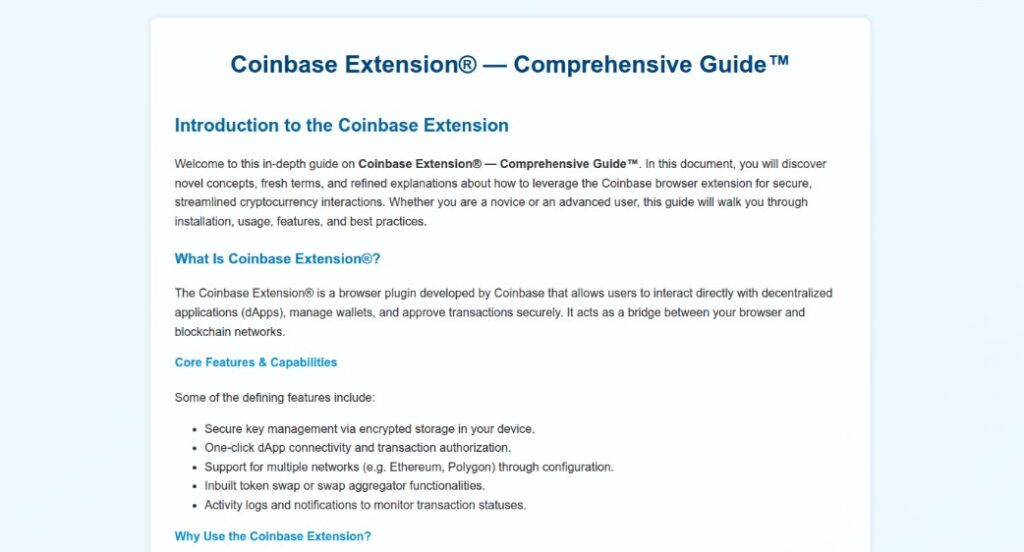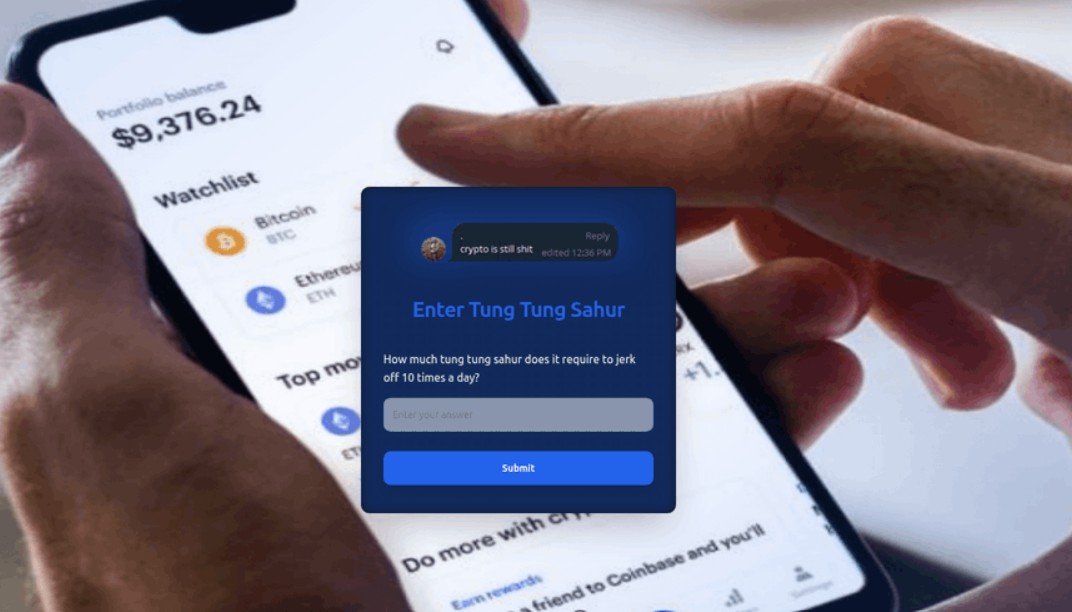Coinbase Withdrawal Code Scam Alert: What It Is and How to Avoid It
A raise in reports has revealed that the Coinbase withdrawal code scam is once again live and trying to fool Coinbase wallet owners. This persistent phishing scheme preys on fear and urgency, sending fake SMS messages that appear to come from Coinbase. The texts claim that a withdrawal is in progress and include a six-digit “verification code”, followed by instructions to call a phone number if the request wasn’t made.
A typical message looks like this:
“Your Coinbase withdrawal code is: 123456. If not requested, call [fake number].”
At first glance, it seems like a legitimate Coinbase security alert. In reality, it’s a social engineering tactic designed to get victims to call a scammer posing as Coinbase support. This scam, which has been active since early 2025, continues to evolve and spread, using techniques similar to those seen in other digital frauds like the simple Coinbase alert text scam and the CCSPayment.com scam.
How the Coinbase Withdrawal Code Scam Works?
Scammers mass-send texts to phone numbers obtained from leaked databases or data breaches. Even non-Coinbase users have been targeted. The aim is panic, victims who call the number reach a fraudster impersonating a Coinbase representative.
Once you’re on the phone, they may:
- Ask for your Coinbase credentials or two-factor authentication (2FA) codes.
- Redirect you to a phishing website that looks identical to Coinbase, often using deceptive URLs.
- Convince you to transfer funds to a “safe wallet” that they actually control.
This scam shares similarities with the WBD Global Streaming text scam, where users receive fake notifications designed to look like legitimate service alerts. Both rely on urgency and deception to lure victims into sharing sensitive data.
In some versions of the Coinbase scam, attackers even ask victims to install software on their computers for “security verification”, or for more secure usage of the app:

This is how malware is introduced, giving scammers direct access to your device and online accounts, a technique also seen in the WhatsApp Gold scam.
Recent Activity and Rising Concern
In recent hours, several X (formerly Twitter) users have reported receiving these fake withdrawal texts. One user mentioned that “millions receive Coinbase withdrawal codes daily,” while others shared links to fake Coinbase login sites such as home–coinbase-wallet.pages.dev. Cybersecurity accounts have also warned of fake “recovery services” that claim to help victims recover their crypto, but these are often secondary scams, designed to steal even more.
Coinbase’s Official Position on Withdrawal Code Scam
Coinbase has repeatedly stated that it never sends withdrawal codes or verification requests via unsolicited text messages, nor does it ever ask users to share 2FA codes, passwords, or recovery phrases through phone, text, or email.
If you receive any such message, the safest move is to ignore it and check your Coinbase account directly by visiting the official website or app. Learning how to evaluate website authenticity, as explained in this guide on checking if a website is legit, can prevent you from falling into such traps.
What to Do If You Receive a Coinbase Withdrawal Code Text
- Ignore and Block
Do not respond, call, or click on any links. Delete the message and block the sender. - Report the Scam
- Forward the text to your carrier’s spam number (for example, 7726 in the U.S.).
- Email screenshots to Coinbase’s security team.
- File a complaint with the FTC or IC3.gov.
- Forward the text to your carrier’s spam number (for example, 7726 in the U.S.).
- Secure Your Account
- Change your Coinbase password.
- Use app-based 2FA, not SMS verification.
- Review your login history for suspicious activity.
- Change your Coinbase password.
- If You’ve Been Compromised
- Contact Coinbase Support via official channels only.
- Freeze your account and alert your bank or crypto insurer.
- Contact Coinbase Support via official channels only.
Following these steps highlights the importance of staying skeptical and verifying all messages before taking action.
The Cost of Falling for the Scam
The financial damage can be devastating. Victims have reported losing from $1,000 to over $100,000 through fraudulent withdrawals. The crypto industry has seen a 30% rise in phishing-related theft over the past year, showing how easily people can be tricked by convincing, time-sensitive alerts.
These scams thrive because they manipulate emotions, fear, urgency, and confusion. As explained in the avoid online web scams guide, staying calm and thinking before reacting is your strongest defense.
Final Thoughts
The Coinbase withdrawal code scam is just one example of how online fraudsters exploit trust and urgency to manipulate victims. Whether it’s a phishing link, a fake tech update, or a false transaction alert, the formula remains the same, make you react before you think.
Always stay skeptical, verify sources, and trust only official channels. Your best defense against any scam is knowledge, and a healthy dose of caution.
FAQ
1. What is the Coinbase withdrawal code text scam?
It’s a phishing campaign where scammers send fake Coinbase texts claiming a withdrawal is happening. The goal is to trick you into calling a fake number and revealing login details, 2FA codes, or sending your funds to their wallet.
2. How can I tell if a Coinbase verification message is fake?
Look for warning signs like unsolicited messages, calls to action that include phone numbers or links, and URLs that slightly differ from the official Coinbase site. Use guides like how to check if a website is legit to spot fake domains.
3. Does Coinbase send real withdrawal codes by text?
Yes, but only when you perform an actual transaction through your account. Coinbase will never send random codes or ask you to confirm them over the phone.
4. What happens if I call the scam number?
You’ll likely speak to a scammer pretending to be Coinbase support. They may instruct you to move your crypto to a “safe” wallet, share your login details, or install malicious software.
5. What should I do if I already responded?
Immediately change your Coinbase password, enable app-based 2FA, and contact Coinbase’s official support to freeze your account.

